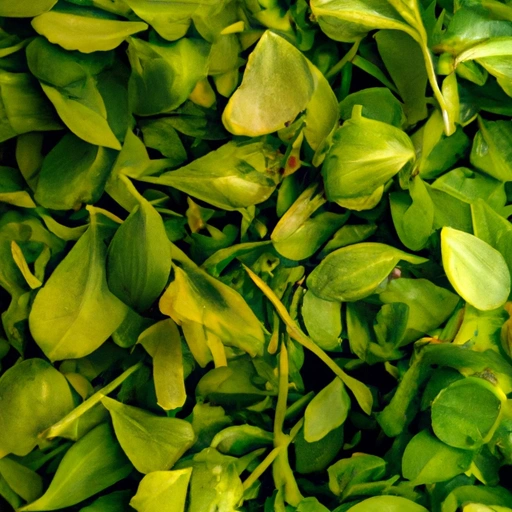Fenugreek Leaf
Description

Fenugreek leaf, known as 'methi' in various parts of the world, is a herb with a distinctive, slightly bitter taste and a potent aroma reminiscent of maple syrup. It is not only a staple in culinary practices but is also well-regarded for its medicinal properties. The leaves are used both dried and fresh, depending on the recipe and desired flavor intensity. In recipes, fenugreek leaves might be listed in grams (g), ounces (oz), teaspoons (tsp), tablespoons (tbsp), or cups, which are common measurements in European, American, and Azjan cuisines.
Common uses
Fenugreek leaves are commonly used to flavor curries, stews, and soups. They are also an essential ingredient in spice mixes such as Indian garam masala and Ethiopian berbere. Additionally, the leaves can be used in salads, as a garnish, or in doughs for making savory breads.
Nutritional value
Calories
A 100g serving of fresh fenugreek leaves contains approximately 49 calories.
Protein
That same serving size has roughly 4.4g of protein.
Fat
Fenugreek leaves contain about 0.9g of fat per 100g.
Carbohydrates
Carbohydrates amount to about 6g per 100g of the leaves.
Vitamins
Fenugreek leaves are a good source of Vitamin C, Vitamin K, and Vitamin A.
Minerals
These leaves also provide essential minerals including calcium, potassium, and iron.
Health benefits
Fenugreek leaves are known for their health-promoting properties, including aiding digestion, reducing cholesterol levels, and helping with inflammation. They have also been traditionally used to aid in milk production for breastfeeding mothers.
Potential risks
While generally safe for most people, fenugreek leaves can cause allergic reactions in some individuals. They should also be used with caution by those on blood-thinning medication due to their high Vitamin K content.
Common recipes
Common recipes include methi dal, methi paratha, and methi chicken. They are also used in the preparation of pickles and as a seasoning in vegetables and dals (lentil dishes).
Cooking methods
Fenugreek leaves can be sautéed, fried, or boiled. They are often added at the beginning of cooking to impart their flavor to the entire dish.
Pairing with other ingredients
These leaves pair well with legumes, vegetables, grains, and meats, complementing and enhancing a wide array of flavors.
Summary
Fenugreek leaves, with their unique taste and aromatic properties, are an invaluable ingredient in kitchens around the globe. Their versatility in cooking and numerous health benefits make them a sought-after element in many traditional and modern recipes.